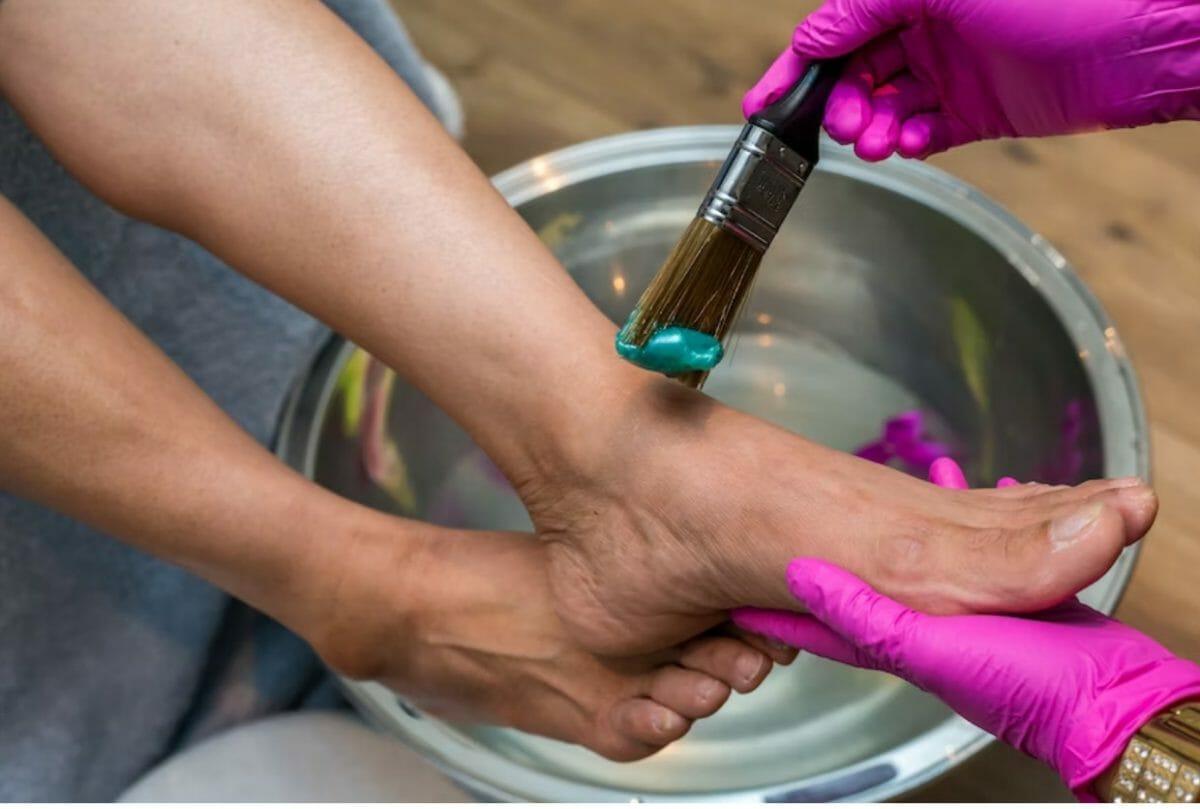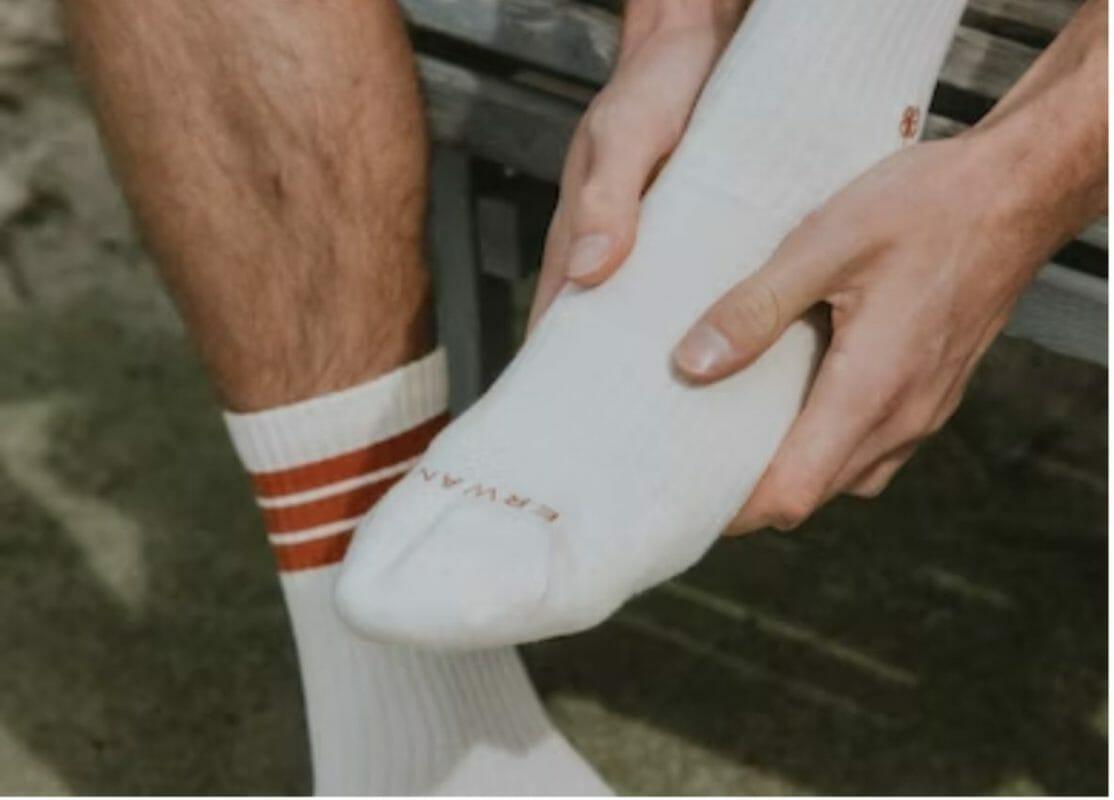When you have a sprained ankle, it can be painful and frustrating at the same time. The inability to move normally is an inconvenience that affects your daily activities – walking, going up and down stairs, even just reaching for something in the kitchen cabinet! But there are steps to take that can help relieve pain and discomfort associated with a sprained ankle. From immediate relief techniques such as ice packs or the use of crutches through understanding the appropriate timeframe for rest and recovery to long-term therapies such as physical therapy or medications – this post will outline everything you need to know about preventing further injury and getting back on your feet again.
Understand the Severity of the Sprain and When to Seek Medical Help
A sprain can be a painful injury that can affect your daily activities. It’s important to understand the severity of the sprain to know how to treat it. Mild sprains can be easily cured with home remedies and exercises, but severe sprains can lead to complications and require medical attention. Symptoms like severe pain, swelling, and difficulty in bearing weight on the affected area indicate a severe sprain that requires a doctor’s consultation. Seeking medical help in time can prevent long-lasting effects and enable faster recovery. Don’t take any chances when it comes to your health; understand the severity of the sprain and get timely medical help when needed.
How to Diagnose a Sprained Ankle
If you’re experiencing discomfort or swelling in your ankle, it’s important to understand the signs and symptoms of a sprain. Some key indicators include limited mobility, difficulty bearing weight on the affected foot, and tenderness around the area. While individuals may experience varying degrees of pain or swelling, it’s always a good idea to seek medical advice if you suspect you’ve sprained your ankle. A professional diagnosis can help ensure that you receive the appropriate treatment, allowing you to get back on your feet as soon as possible.
Stretching and Strengthening Exercises
Many individuals experience swelling and mobility issues due to various reasons like an injury, surgery, or a chronic condition. However, there is good news. Stretching and strengthening exercises can effectively reduce swelling and improve mobility over time. Incorporating exercises like ankle pumps, heel slides, leg lifts, and seated marches can help alleviate swelling and fluid buildup. These exercises also strengthen the muscles around the affected area, promoting better mobility and balance. Moreover, a consistent stretching and strengthening routine can improve circulation, flexibility, and range of motion, leading to a healthier and more active lifestyle. Just be sure to only trust reliable sources and certified professionals when it comes to rehab advice. Luckily, at Rehab 49 and other trusted physical therapy resources and centers, you can find top-notch advice on how to avoid and recover from ankle injuries. So before you try any exercises, it’s best to consult a professional and get the proper guidance for your needs. To further enhance your recovery and prevent future injuries, consider incorporating exercises and techniques to increase your ankle mobility. You can find valuable tips on how to increase your ankle mobility in this informative article. To further enhance your recovery and prevent future injuries, consider incorporating exercises and techniques to increase your ankle mobility. You can find valuable tips on how to increase your ankle mobility in this informative article.
Resting and Immobilizing Your Joint
Taking care of your joints is crucial for your overall health and well-being. If you’ve recently experienced an injury or have ongoing joint pain, resting and immobilizing your joint can be incredibly helpful for proper recovery. By giving your joint some much-needed rest, you’re allowing the injured area to repair itself without further aggravation. Immobilization provides added support and stability, preventing unnecessary movement that could worsen the condition. With proper rest and immobilization, you can expect an effective recovery that allows for a return to your daily activities without any added pain or discomfort. Remember to listen to your body and talk to a medical professional for guidance on how to properly rest and immobilize your joint for optimal recovery.
Best Methods for Icing an Injured Ankle
An ankle injury can be quite a nuisance and can hinder your daily activities for a while. It can take days or even weeks for the swelling and pain to subside. So, it is essential to start icing your injured ankle at the earliest to reduce inflammation and get some relief. But, wait, there are some best methods to ice an injured ankle that you should know. You can use an ice pack or a frozen bag of veggies wrapped in a cloth, but make sure not to keep it in one spot for too long. Applying ice for 15-20 minutes, three to four times a day would suffice, and remember to take breaks in between those sessions. Try elevating your leg and resting it on a pillow while you ice it to help reduce swelling. The icing process can be beneficial for an ankle injury, but only when done correctly.

Ankle injuries can be painful and inconvenient, but with the right advice and treatment methods, you can get back on your feet quickly. From stretching and strengthening exercises to proper rest, immobilization, and icing techniques, as you can see there are a variety of methods that can help you recover from an ankle injury. Remember to consult a medical professional for the best advice on how to effectively manage your condition. With these tips in mind, you’ll have the best chance of recovering from an ankle injury as quickly and safely as possible.
